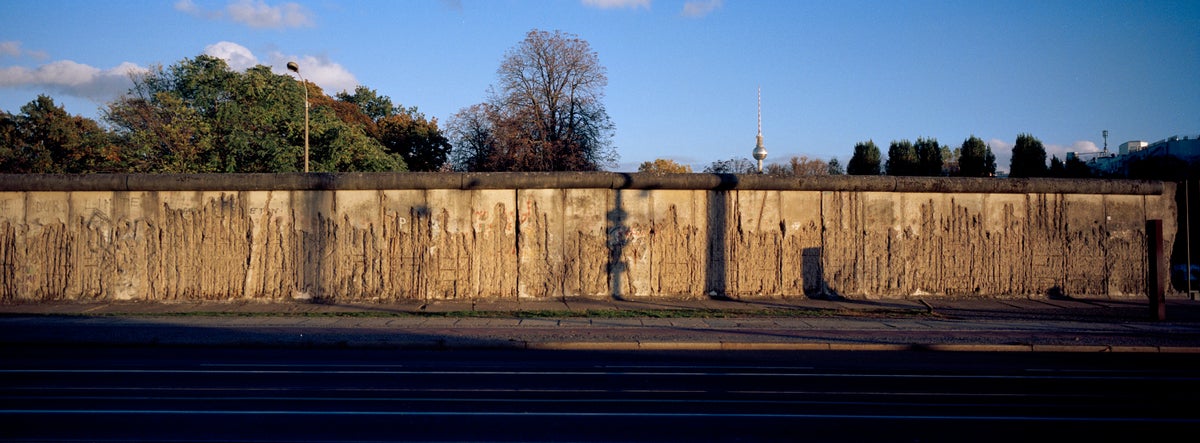
Most of communist East Germany's heavily fortified border was torn down quickly after it was opened in 1989, but there are still places where visitors can see the remains of the Berlin Wall and other sections of the frontier.
East Germany closed the border in Berlin on Aug. 13, 1961, and expanded the Wall into an increasingly elaborate fortification snaking through the city and around the capitalist enclave of West Berlin.
The Wall plugged the last gap in the border between east and west. East Germany's leadership had already sealed off the country's main frontier with West Germany, snaking from the Baltic Sea to Czechoslovakia, in 1952. It stayed that way until the border was opened on Nov. 9, 1989.
The Bornholmer Strasse crossing in Berlin was the first to open that night. Border guards, who hadn't received orders to let anyone pass, gave way under pressure from a large crowd demanding to be let through after an off-handed announcement of new regulations by Politburo spokesperson Günter Schabowski.
Today, a section of Wall slabs with photos of those events and a series of plaques marking the night's main developments — including an alert sent by The Associated Press’ German service — stands at the former crossing.
The longest section of Wall remaining in Berlin is the East Side Gallery, where the once-gray concrete slabs are covered with murals that were painted by 118 artists after the opening of the border.
Otherwise, the Wall has largely disappeared now and much of the former “death strip” — between the exterior wall that faced West Berlin and an interior wall that faced east — has been built over.
Among the exceptions is a strip of the former border at the Bernauer Strasse memorial site in downtown Berlin, and there are fragments dotted around elsewhere in the city and on its edges.
In most cases, the main East-West German border outside Berlin consisted of heavily fortified fences rather than walls. There were a few exceptions, however: most famously in the village of Moedlareuth, divided between Bavaria and the eastern region of Thuringia, which earned the nickname “Little Berlin.” Part of Moedlareuth's border can still be seen today.
Germany was reunified on Oct. 3, 1990, less than a year after the border opened.






